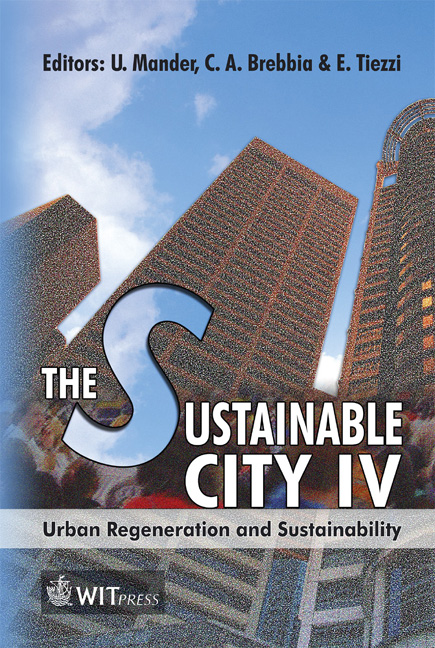Community In The City? Social Exclusion In Neighbourhoods In Hamilton, Ontario, Canada
Price
Free (open access)
Transaction
Volume
93
Pages
10
Published
2006
Size
292 kb
Paper DOI
10.2495/SC060701
Copyright
WIT Press
Author(s)
J. Eyles, K. Wilson, S. Keller-Olaman & S. Elliott
Abstract
While an important concern in much of Europe, social exclusion is only now emerging as a significant academic and policy issue in north American cities. This paper examines the nature of social exclusion in two parts of a neighbourhood in Hamilton. The northern part is characterised by lower social status (as measured by employment, education and house ownership) than the southern part. Through a survey and in-depth interviews, individuals in the two sub-neighbourhoods were asked about social interactions, sense of belonging and lifestyle characteristics. Social exclusion was more prevalent in the north and had a negative impact on health. Keywords: community, social exclusion, Hamilton, area programs. 1 Introduction Community remains a powerful but elusive idea despite its presence in academic and policy discourse for many decades. Its continuing power is well-expressed by Amin and Thrift [1, p. 41]. It is worth citing them at length: \“Why has community held such a power to fascinate in the urban literature? There are, we think, five main reasons. To begin with, the history of community has been bedevilled by the idea of a collective, whose members move together and think as one, in a naturalized codependency (Buck-Morss [2]). Then, the community is usually seen as
Keywords
community, social exclusion, Hamilton, area programs.





